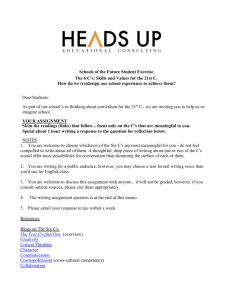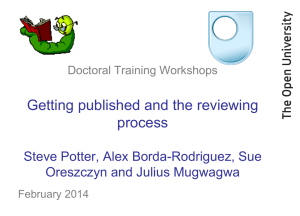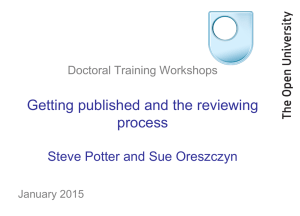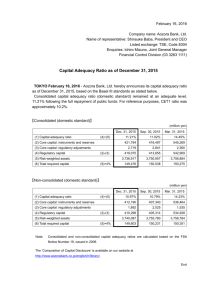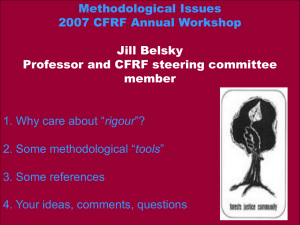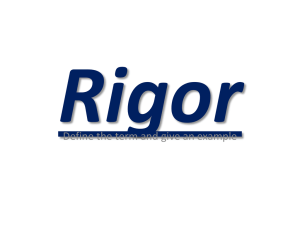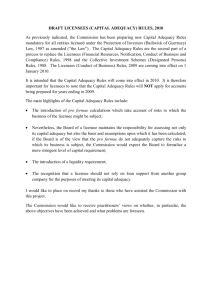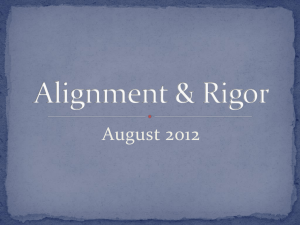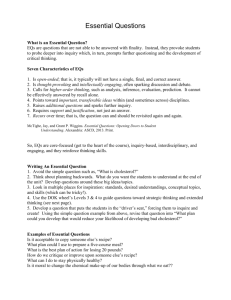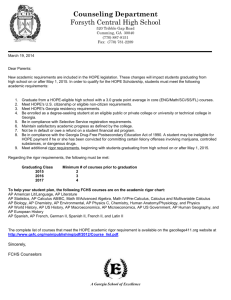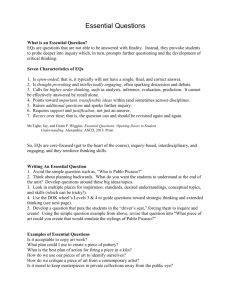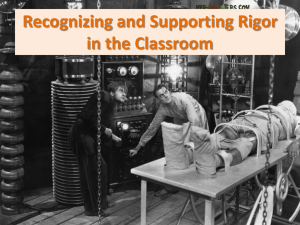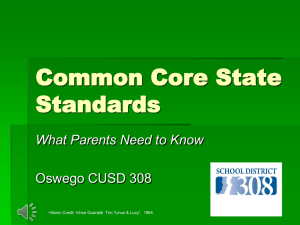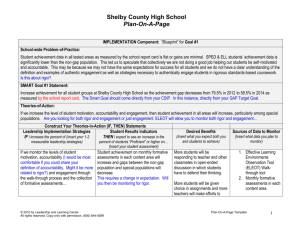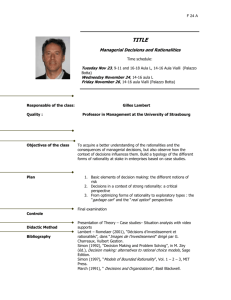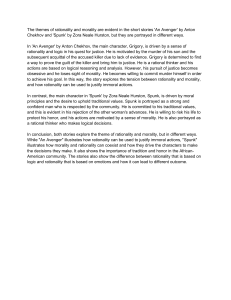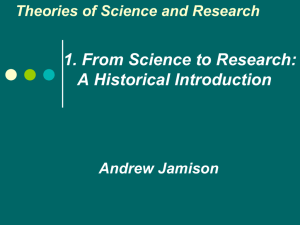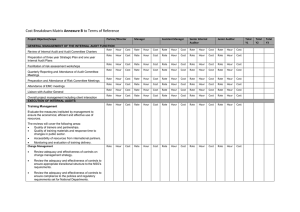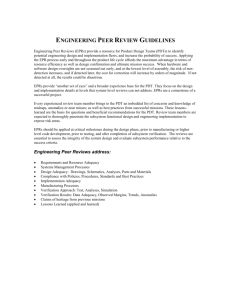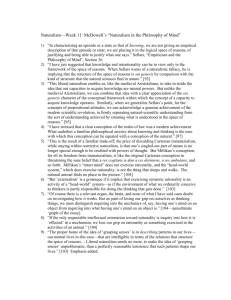Rigour: modelling of idealized and generalized organizational
advertisement
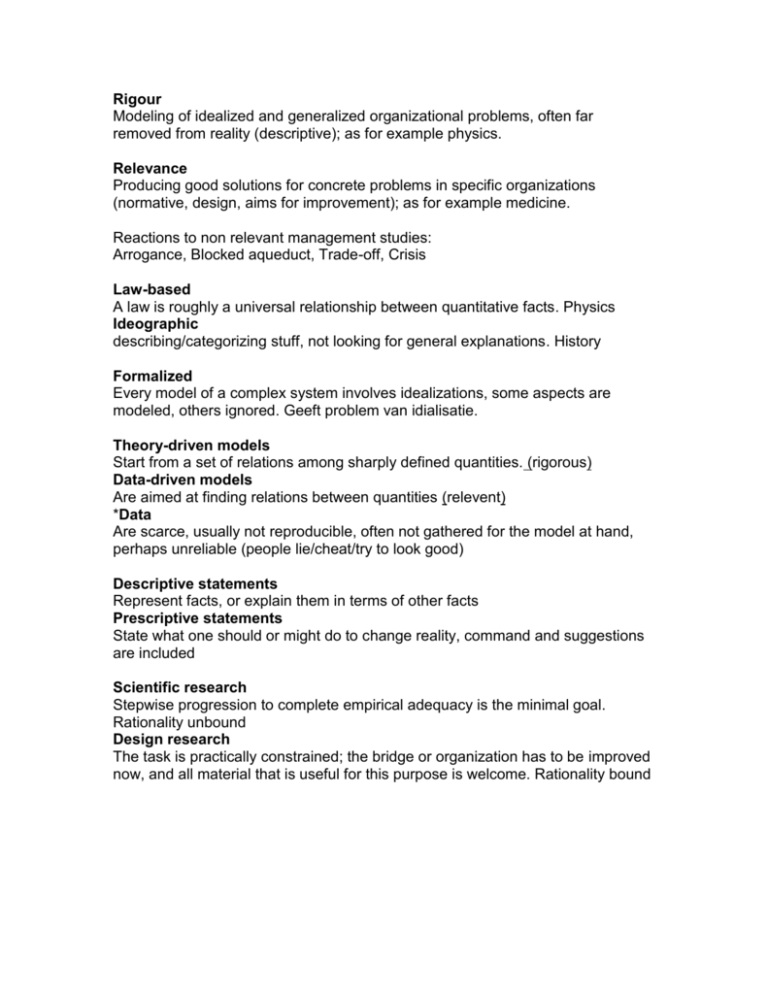
Rigour Modeling of idealized and generalized organizational problems, often far removed from reality (descriptive); as for example physics. Relevance Producing good solutions for concrete problems in specific organizations (normative, design, aims for improvement); as for example medicine. Reactions to non relevant management studies: Arrogance, Blocked aqueduct, Trade-off, Crisis Law-based A law is roughly a universal relationship between quantitative facts. Physics Ideographic describing/categorizing stuff, not looking for general explanations. History Formalized Every model of a complex system involves idealizations, some aspects are modeled, others ignored. Geeft problem van idialisatie. Theory-driven models Start from a set of relations among sharply defined quantities. (rigorous) Data-driven models Are aimed at finding relations between quantities (relevent) *Data Are scarce, usually not reproducible, often not gathered for the model at hand, perhaps unreliable (people lie/cheat/try to look good) Descriptive statements Represent facts, or explain them in terms of other facts Prescriptive statements State what one should or might do to change reality, command and suggestions are included Scientific research Stepwise progression to complete empirical adequacy is the minimal goal. Rationality unbound Design research The task is practically constrained; the bridge or organization has to be improved now, and all material that is useful for this purpose is welcome. Rationality bound Three criteria for determining rigorousness (True?, then rigor) 1. Conceptual Adequacy: Use of frameworks/theoretical concepts from literature 2. Methodological rigor: Preference of quantifiable data (semi-structured interviews) over subjectively oriented interpretive techniques (qualitative) used in empirically examine the research question. 3. Accumulated empirical evidence: Are the research findings based on an empirically validated theory. Five criteria for determining the practical usefulness (True?, then relevant) 4. Meaningfulness: Does it provide a solution to the company’s problem?. 5. Goal relevance: The commonalities between organizational goals and the goals of the research project 6. Operational Validity: Action plans for the company can be derived from the results 7. Innovativeness: How non-trivial is the solution/new design compared to existing literature? 8. Cost of implementation: Is it feasible to implement the design in terms of costs and (restricted) time? And how much attention is paid to this? Making it more Rigour 1. Use more objective, quantitative methods 2. Give more details about the specific circumstances of the research to allow comparing. 3. Search extensively for frameworks in literature and relate these to the current, specific circumstances.
